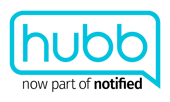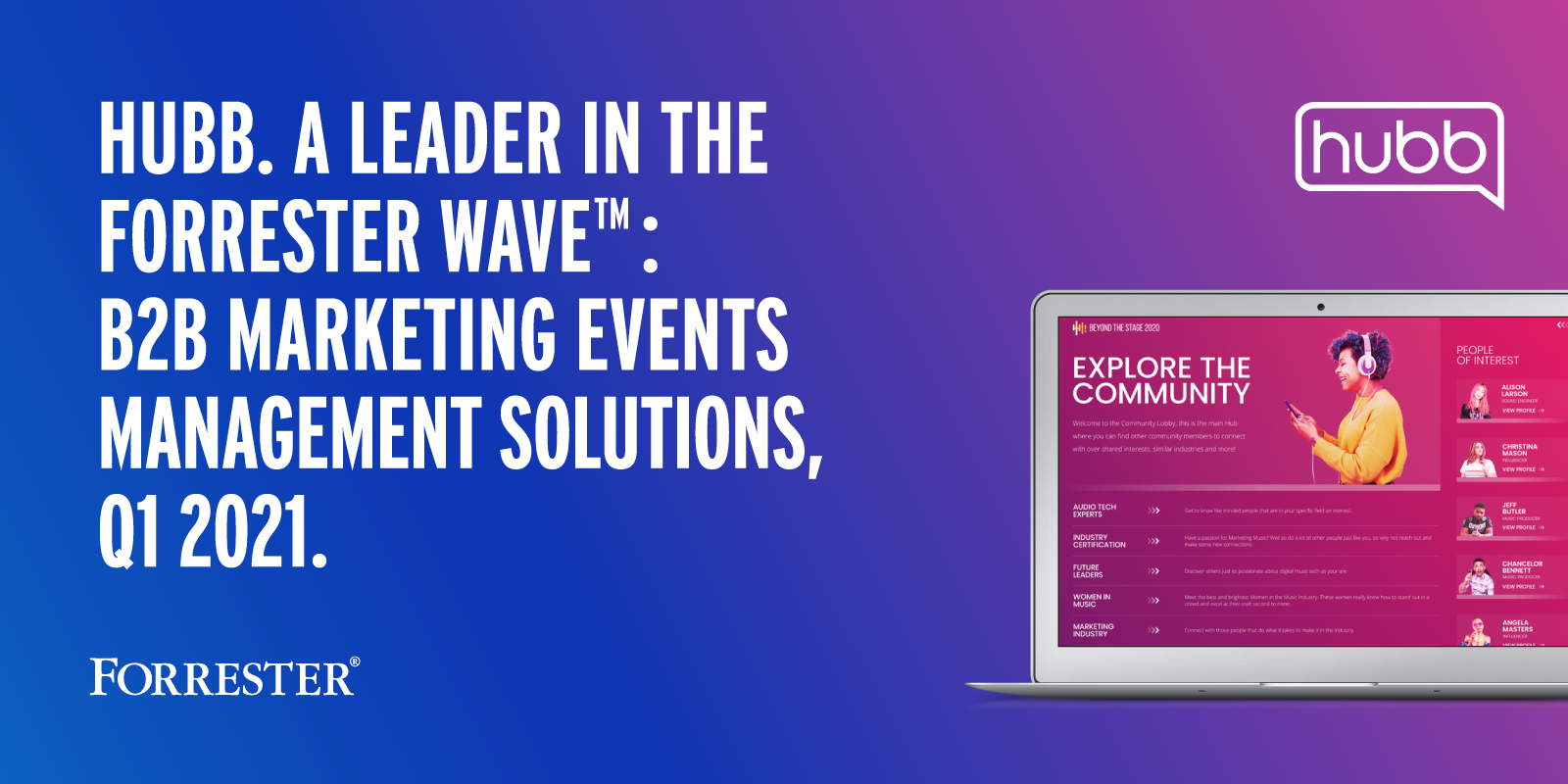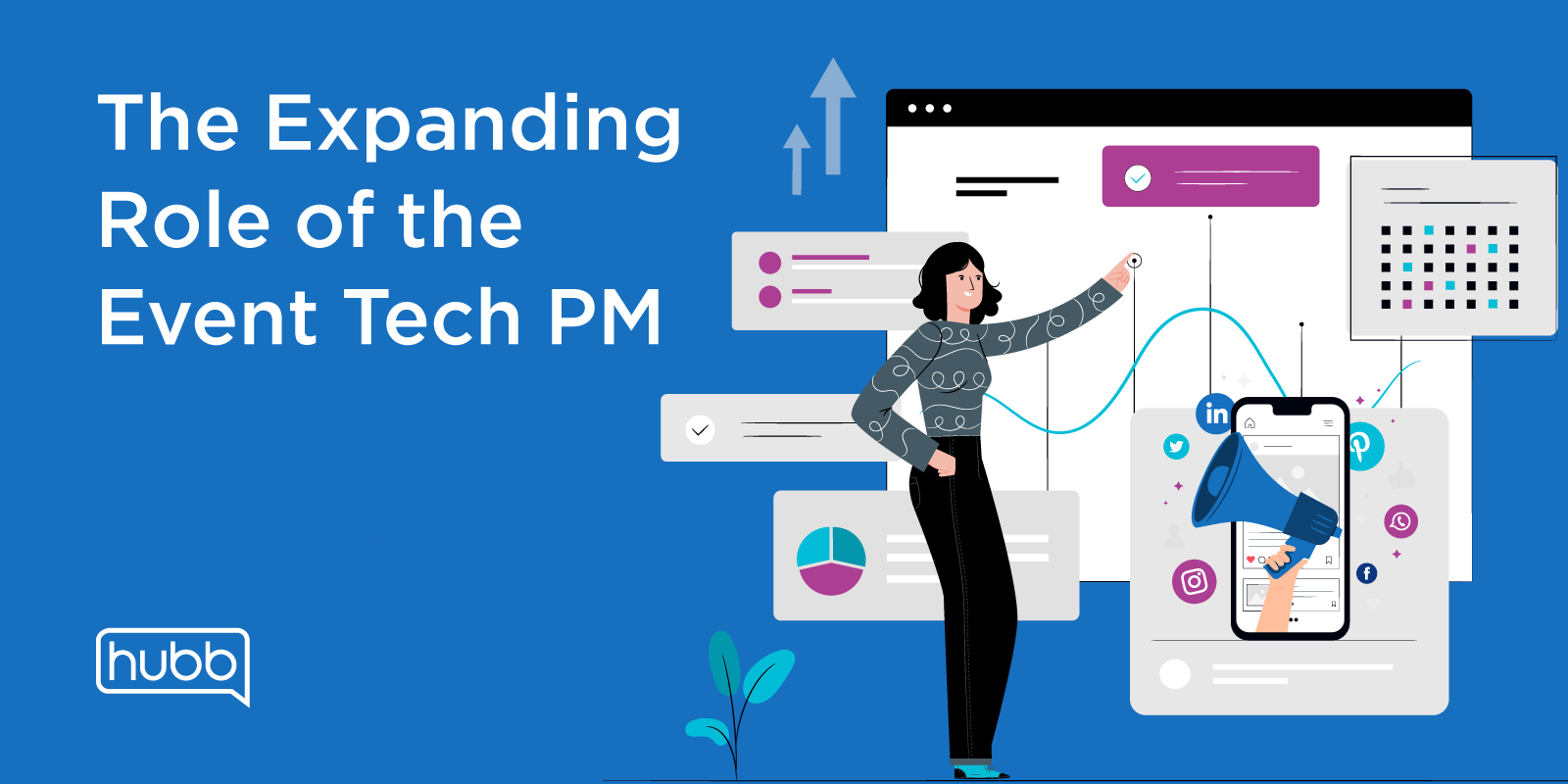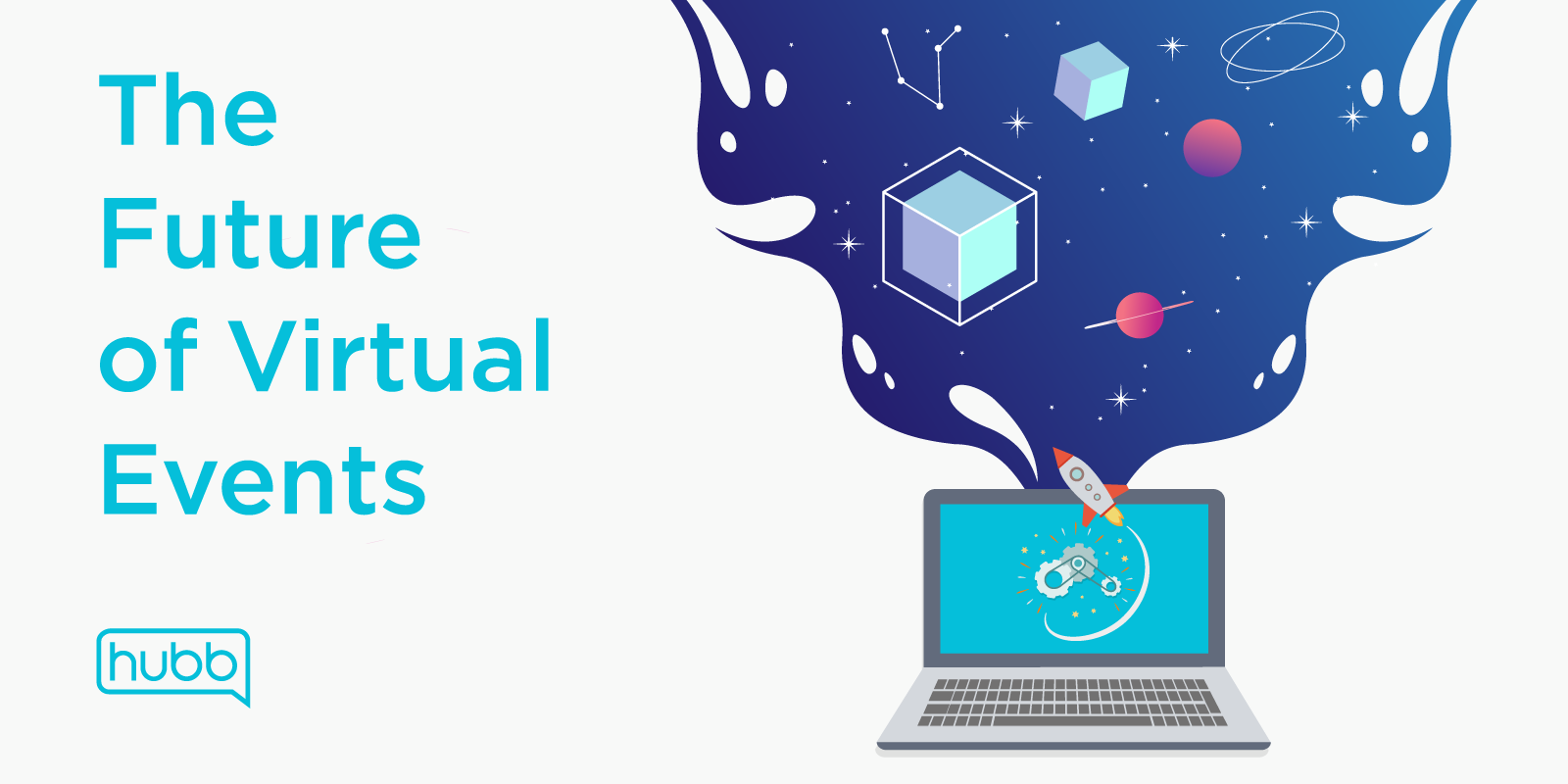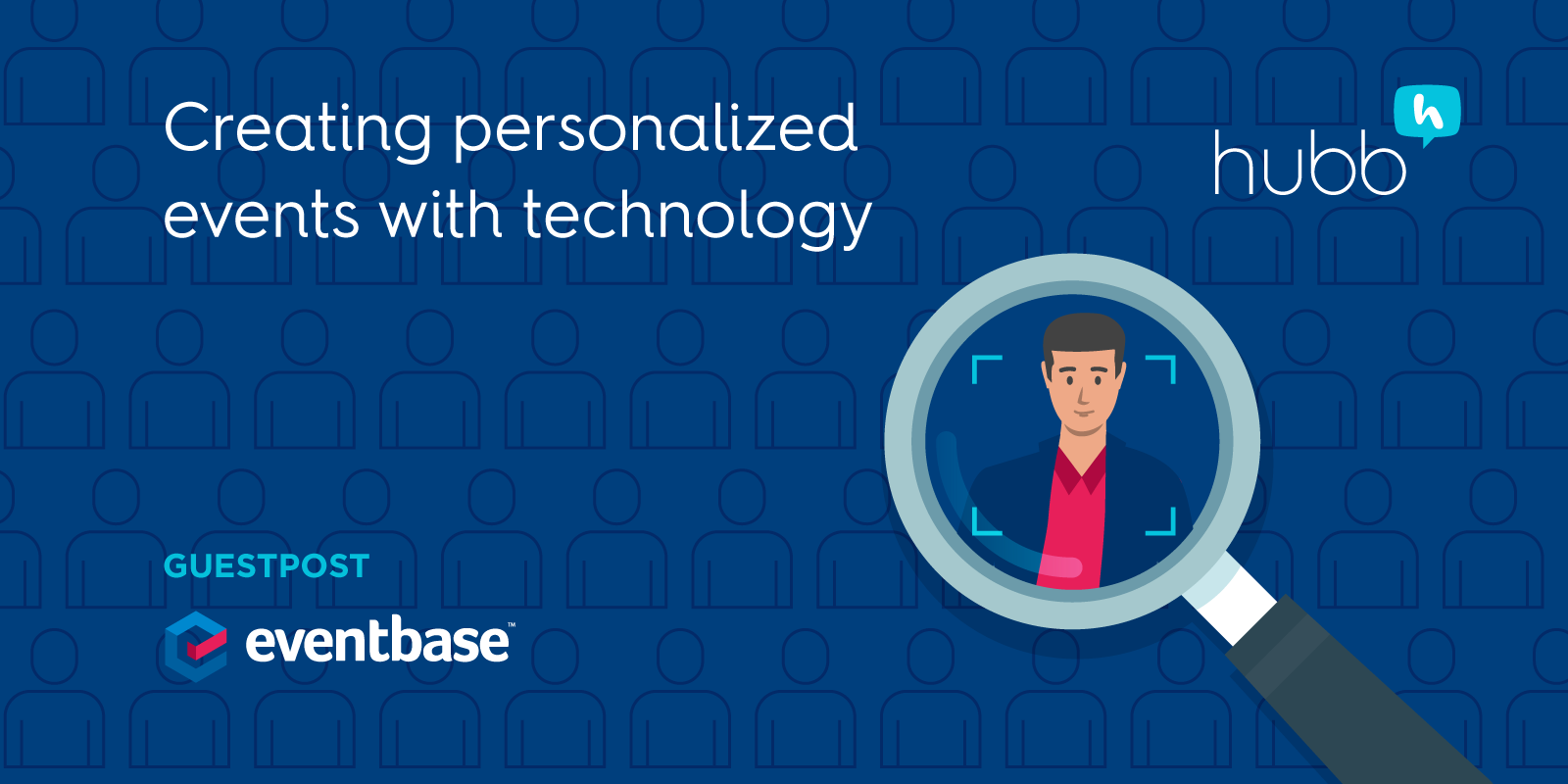
We're excited to bring you a guest post from Glisser on how to measure the ROI of event tech. This is a challenge of major importance for event professions and when we decided to tackle the topic, Mike Piddock, founder and CEO of Glisser, was the first name that jumped to mind. In addition to being an expert in events and event technology, Mike has a long history with marketing and has written extensively on the importance of calcualating event ROI. Glisser is member of the Event Tech Tribe.
Measuring ‘Event ROI’ – Where do you start?
Before I founded Glisser, I spent over twelve years running B2B marketing teams. In that time, I saw the general business perception of B2B marketing change from being a support function for Sales (‘promotion and parties’), to being data-driven and strategic.
 Over the same period, the use of events and conferences to build brand, gather qualified leads and convert business significantly increased. In fact, according to Forrester, they now make up the largest part of a typical marketing budget, commanding nearly one quarter of total spend.
Over the same period, the use of events and conferences to build brand, gather qualified leads and convert business significantly increased. In fact, according to Forrester, they now make up the largest part of a typical marketing budget, commanding nearly one quarter of total spend.
But these two trends have created a gap. While the remaining 75% of marketing spend (allocated to digital, SEO, PPC, PR, etc.) can now be measured with great accuracy, many events still tend to be assessed on attendee numbers, time-consuming paper feedback forms, and ‘gut-feel’.
Hence the rise in importance of calculating ‘Event Return On Investment’. The event technology community is rising to meet the challenge by making it easier to use technology to measure engagement, as well as create it.
The Four Rs of Event ROI
The starting point for considering Event ROI is to ask yourself this question: For what purpose am I running the event?
I like to group the many possible answers into four broad categories — all of which could apply to any event to different degrees. I call these the ‘Four Rs of Event ROI’. They are Revenue (increase sales), Reputation (improve brand), Relationships (facilitate networking) and Recall (educate people).

Measuring your Return
If the purpose of your event is heavily weighted towards just one of the Four Rs, I suggest that you focus your attention on measuring whether that ‘R’ has been achieved. You might like to use a combination of metrics to do that.
If the purpose of your event is a broader mix of the Four Rs in more equal amounts, it might be more sensible to try to determine a simple, single measure for each.
Broadly, you don’t want to overcomplicate this. Better to get a few accurate, consistent metrics you can reply upon and compare over time or over different events, than a heap of data that tells you nothing.
Measuring Revenue (Sales)
To measure Event ROI where the event is designed to increase revenues, you need to make a connection between your event data and sales data. You are looking for evidence that an attendee (or company) making a purchase can be attributed in some way to a particular event.
Attribution of revenues (new or repeat business) to an event can be an involved exercise, especially in B2B companies where an extensive sales and account management team may be involved. It’s a major topic, hence I’ve written separately about it and provided a simple model here.
Measuring Reputation (Brand)
Brand is a much longer-term return than sales, and can be subjective in its interpretation, making it tricky to measure.
However, these are familiar challenges for most marketers. Measuring ‘reputation’ at events is no different from measuring brand value generated by any marketing activity, so a lot of the same models apply. Plus, you have the advantage of the audience being there, and all sorts of audience response systems to help gather their thoughts (not to mention an increased willingness to share on social media).
If you’re only measuring one thing to judge brand impact, Net Promotor Score is a no-brainer. It’s simple to collect event-after-event and can be compared historically and with other marketing activity.
Measuring Relationships (Networking)
While the effectiveness of an event to generate networking can be measured through event apps, lead capture on booths, and dedicated networking tools, so much will happen off-line. How do you capture and measure that?
Ultimately, if an event has networking as one of its core objectives, and attendees are spending time and money to attend for this opportunity, then marketers and event planners have every right to ask whether this has been achieved.
Don’t be afraid to ask attendees pre-event (who do you really want to meet?), mid-event (how many useful connections have you made?), and post-event (who did you miss that we can introduce you to?) In all these scenarios, the positive offer to help will allow you to also gather data on whether it’s working.
Measuring Recall (Learning)
It always amazes me that events focused on learning, training or sharing wisdom never test if this has been effective. Even L&D (Learning & Development) sessions within companies tend to be a couple of hours of PowerPoint and then back to the day job.
Yet as we are educated from an early age right through to college or university, testing is a core part of the process.
Apply this same principle to measure whether a learning event is effective. Except, don’t call it a ‘test’, call it a ‘competition’ or ‘quiz’ — gamify it.
Measuring learning live in the room can itself improve the event experience and deliver those crucial metrics to prove the event spend was worthwhile.
To wrap up…
Technology and data have enabled B2B marketers to hold their heads high, lead the agenda and drive forward businesses strategically. However, the potential for better measurement of events — the costliest tool in the marketer’s toolbox – is massive.
Whatever your event goals, start using tech to gather simple measures of ‘return’ accurately and consistently. Connect them into other business data, and move towards better metrics to prove how well your events are doing. Your ‘gut-feel’ is probably right — now go prove it.
About Mike Piddock
Mike is the founder and CEO of Glisser, part of the Event Tech Tribe alongside Hubb. Glisser provides live slide sharing, audience interaction, and in-session engagement data to make events more interactive and prove their impact.
To read more of my musings around this subject, and hear how Glisser can help with many of these live event ROI measurements, check out more of our blogs or follow us on LinkedIn.
Your event's content is a powerful driver of ROI. Learn how to get strategic with it our Guide to Advanecd Content Strategies.
